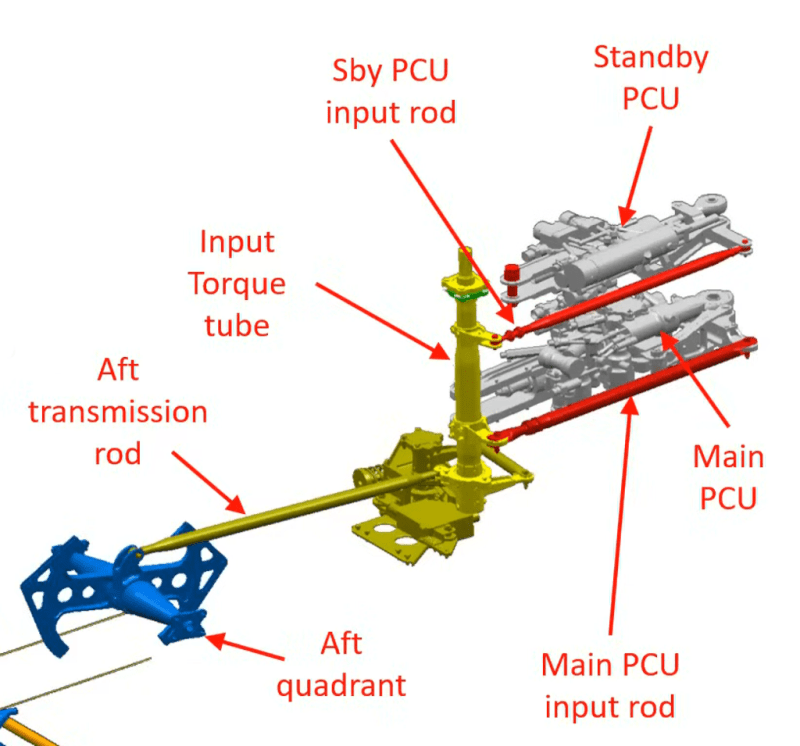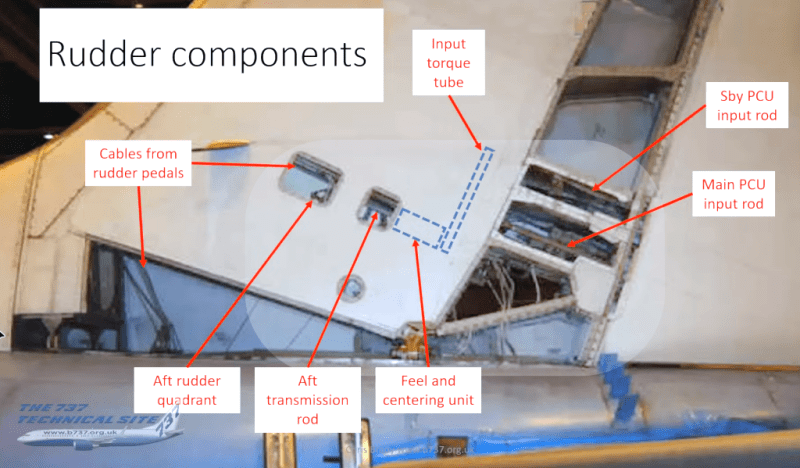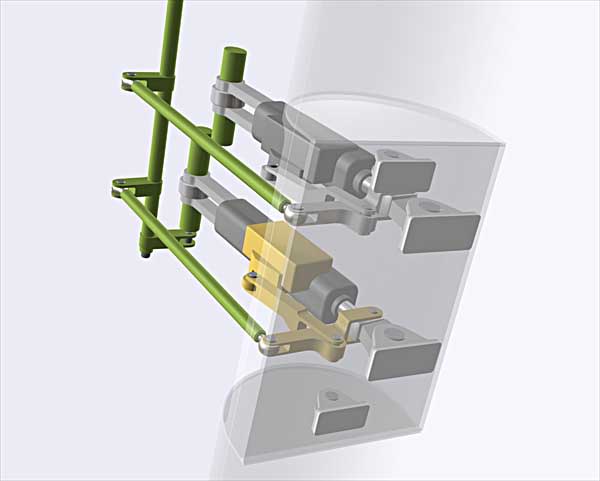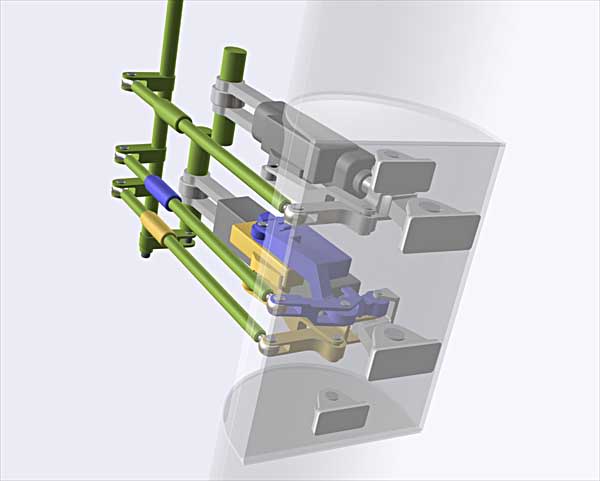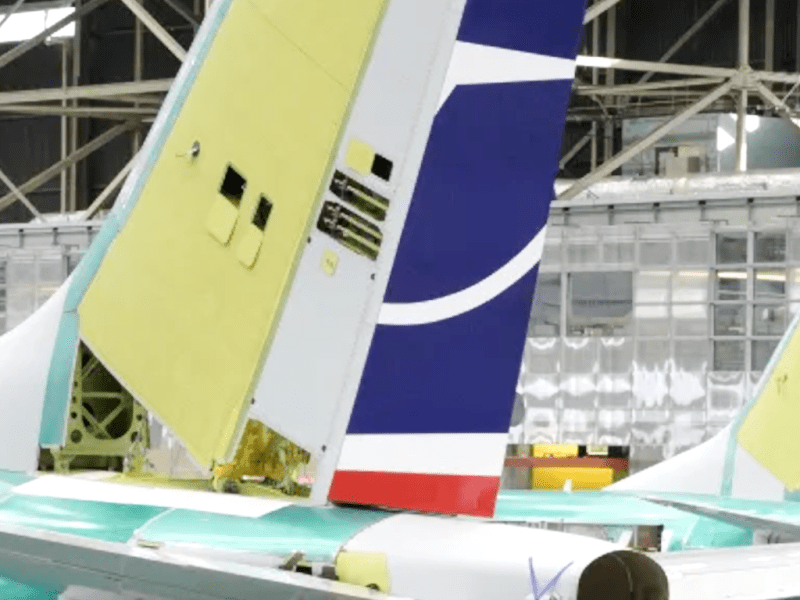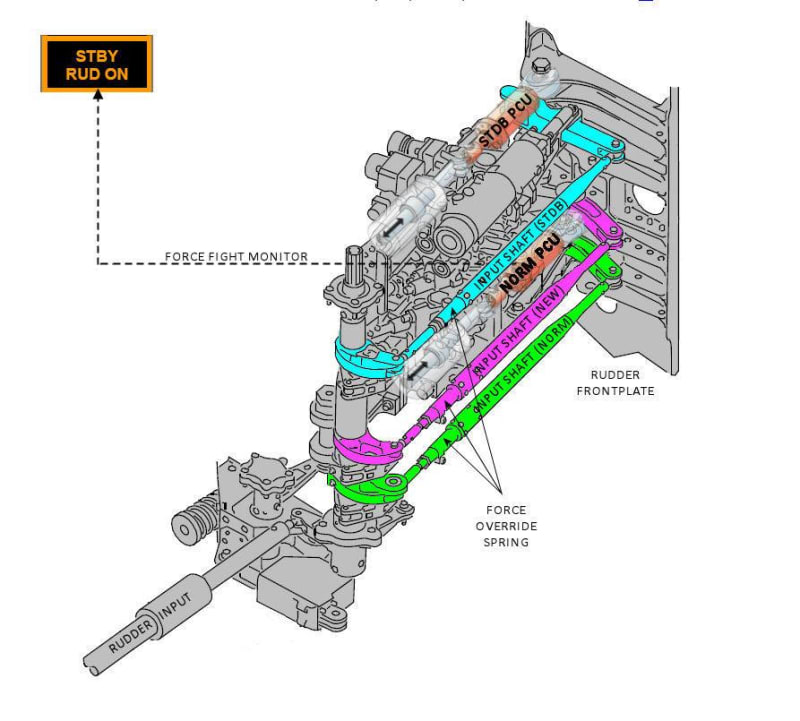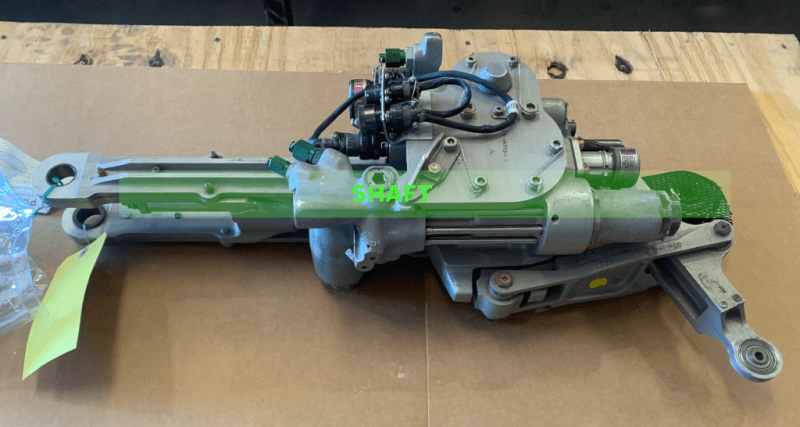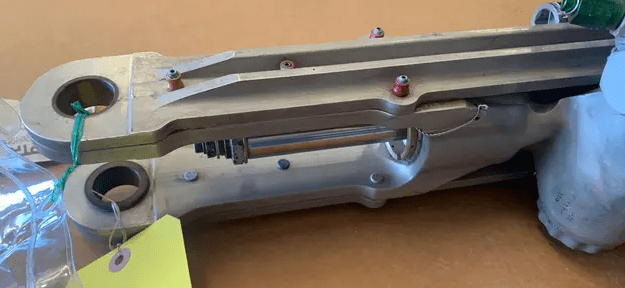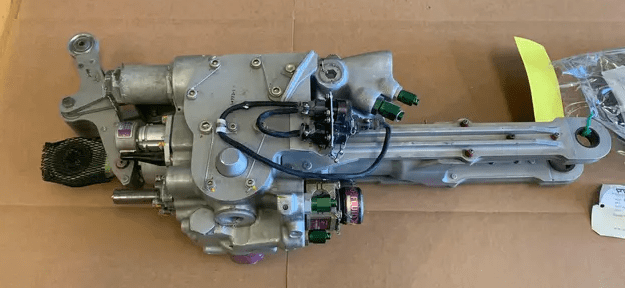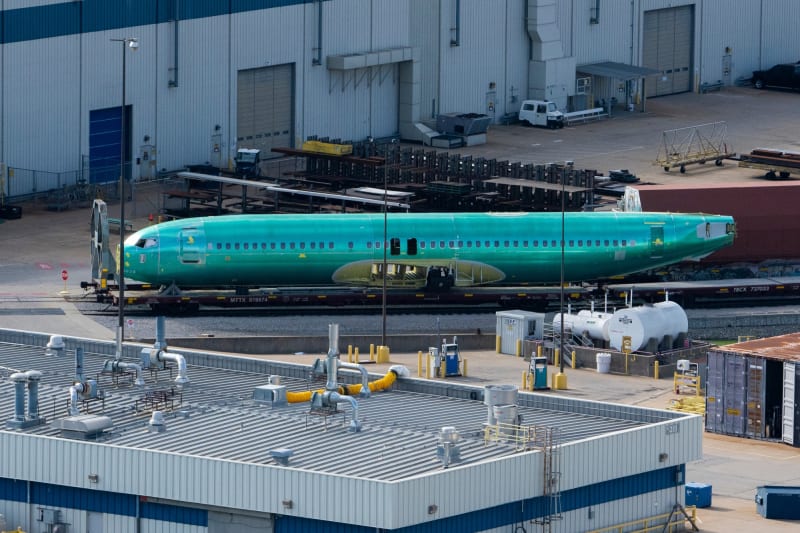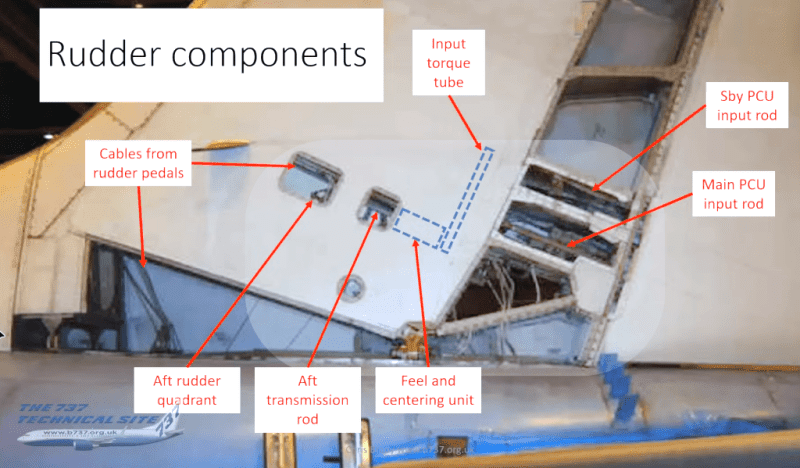According to the preliminary report (Page 4), following the in-flight incident, the maintenance team did the following in the order listed:
1. replace the main PCU as a likely cause
2. identified damaged bearing in the forward end of the upper input control rod (of the main PCU)
3. installed new upper input control rod
4. identified additional structural damage to the rudder system in the area surrounding the standby PCU bracket
This suggests that rather than doing a thorough initial investigation, they jumped to initial conclusions and chased their tail, only finding subsequent damage because they couldn't adjust the new components. This seems like a good way to miss critical issues.
The failure of the standby PCU bracket as the rudder system pressed against it could be consistent with the bearing damage on the input control rod if the rudder slammed hard over and pulled hard on the control rod at the same time. However, the bracket was significantly deformed and any damage at the other end of the system would have to match the amount of deformation. Is there more identifiable damage in the linkage? OTOH, if the bearing was damaged, were the multiple main and standby systems sending/receiving competing signals? How did the standby bracket deform while the main PCU attachment remained unscathed?
Just asking for some very busy friends.
